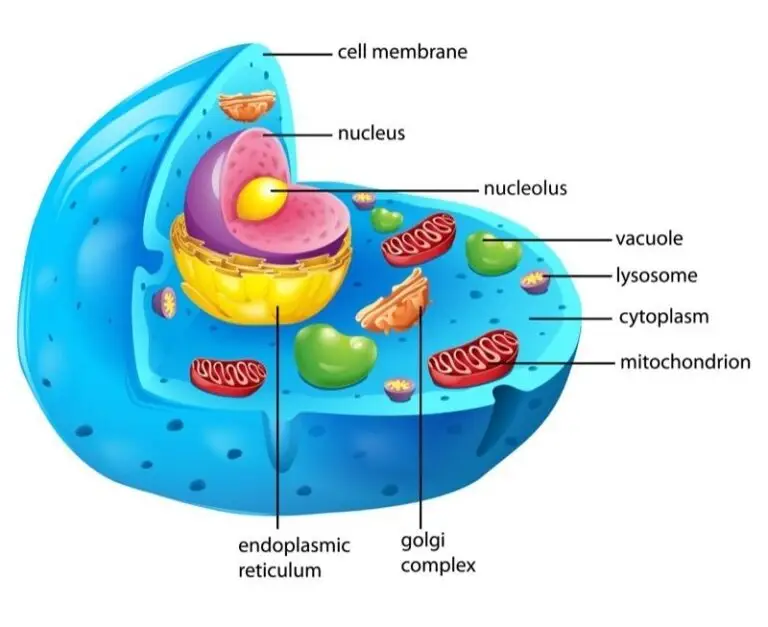Cytoplasm

Table of Contents
What is Cytoplasm?
Cytoplasm is a semi-fluid, gel-like substance within cells, encompassing all cellular components except the nucleus. It is a key component of the cell’s structure and is crucial in various cellular processes.
Cytoplasm is found in both eukaryotic and prokaryotic cells, although the specific structure and organization may vary between the two cell types.
Functions of Cytoplasm
Composition
- Cytoplasm is composed of water, ions, salts, organic molecules, and various cellular structures, such as organelles (except the nucleus).
- It provides a medium for the cellular organelles and structures to be suspended and allows for the movement of substances within the cell.
Organelles in Cytoplasm
- Many cellular organelles, including the endoplasmic reticulum, Golgi apparatus, mitochondria, ribosomes, and cytoskeleton components, are located in the cytoplasm.
- It also houses various cellular activities and processes, including protein synthesis, energy production, and cellular transport.
Cytosol
The liquid component of the cytoplasm, excluding the organelles, is referred to as cytosol. Cytosol contains dissolved ions, small molecules, and various cellular structures, allowing for chemical reactions and molecular movements.
Cellular Processes
- Protein Synthesis: Ribosomes, which are involved in protein synthesis, are located in the cytoplasm. The process of translation, where mRNA is used to assemble proteins, occurs in the cytoplasm.
- Energy Production: In eukaryotic cells, the mitochondria, responsible for energy production through cellular respiration, are found in the cytoplasm.
- Cellular Transport: Cytoplasm facilitates the movement of molecules within the cell, including the transport of substances between organelles.
Cytoskeleton
The cytoplasm contains a network of protein filaments known as the cytoskeleton. The cytoskeleton provides structural support to the cell, helps maintain cell shape, and is involved in intracellular transport.
Eukaryotic vs. Prokaryotic Cytoplasm
In eukaryotic cells, the cytoplasm is organized into various compartments, including the cytosol and the interior of organelles.
In prokaryotic cells, which lack membrane-bound organelles, the cytoplasm contains the cell’s genetic material (nucleoid) and various structures required for cellular functions.
Related Links
Cell Cycle
Cellular Respiration
Mitochondria
Prokaryote